Mechanical removal of frozen glue on hand can lead to serious wounds. In order to avoid injury, it is necessary to use folk remedies or special household compounds that effectively dissolve glue on any skin area. Sunflower oil or margarine, salt or soda as abrasive materials, alcohol, acetone, vinegar, kerosene or gasoline are used. In business stores, you can find a dimexide that dissolves superciles without a trace.
Even with the most accurate use, the glue still falls into arms due to its turnover. It delivers many problems, instantly grabbing, stinging and very firmly gluing the skin. If this happened, the main thing to figure out how to remove the glue moment from the hands as painlessly and efficiently.
Difficulties when removing glue
Superchalves are made on the basis of cyanacrylate - quick-drying chemical, which has a large penetrating ability and is very quickly seized. The strength of the superclause is caused by the penetrating ability - when hitting any surface, the liquid begins to be absorbed even into microscopic cracks.
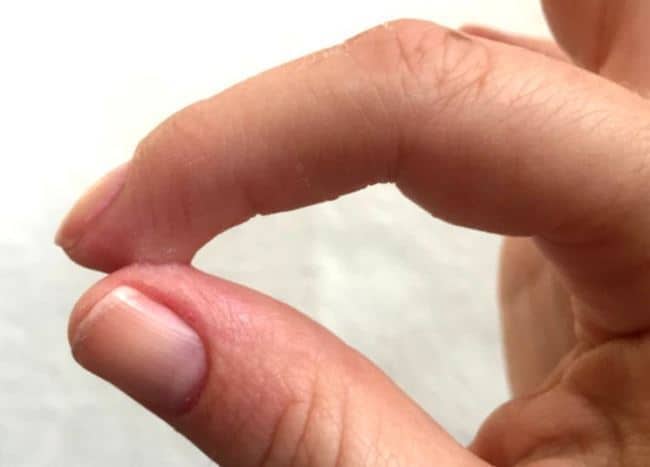
Interesting to know ! It is due to the ability to penetrate into cracks, invisible to the naked human eye, superclones can combine even the most smooth non-porous surfaces.
The surface of human leather is dressed with a huge amount of furrow and pores, flowing deep inside. Finding on the skin, the second moment glue immediately begins to be absorbed into these pores, firmly frozen in them. If the two open areas of the skin are glued together, for example, the fingers among themselves, they can be cleaned physically absolutely impossible. The glue is so durable that it takes away from the skin only with the appearance of very deep and problem wounds.
The situation is worsen if the superman is a trick on the face - then the physical methods for removing glue are ignored immediately. In this case, it is necessary to immediately apply the following methods that will help to drop the glue from hand and face quickly and safely.
Self pass
Human skin has a property to drop the old layers, updating almost constantly. After some time, the super glue will be lagging behind the open areas of the skin with old cells of the epidermis, and there will be no trace of contamination. The problem lies in the duration of this process, which can take up to 10 days, while the glue will still stay on their hands. It is unacceptable to this cleaning method and in case the glue fell on the face.
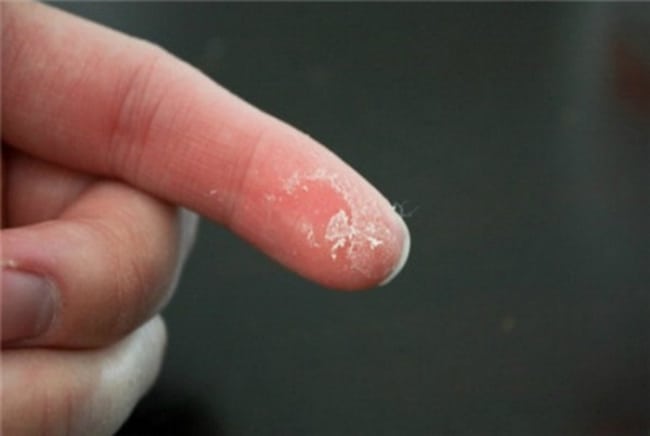
Mechanical scope
An extremely undesirable method for removing the superclaud on the reasons described above. The remedy is so deeply absorbed into the skin, which is almost impossible to cleaned adhesive without damaging the skin.
Attention! In no case can you apply sharp objects like a knife or scraper, it is very extensive and only aggravate the situation!
Such tools are good to remove and.
Folk ways
To quickly and safely remove the superclauses from the hands of the house, you can apply several funds that are in free access. Despite its strength, cyanacrylate is perfectly soluble with certain chemical compositions. Consider several effective tools that will help remove glue momentum from the skin of the face and hand.
Removal of sunflower oil
Sunflower oil quickly and successfully plastered with glue, which dies literally recently. For processing, you will need a small amount of sunflower oil, which with a small force rubbing into the dried spot using a cotton disk or a soft pure cloth.

It is necessary to spend a few minutes on the procedure, after which the contaminated area of \u200b\u200bleather is rinsed under a slightly hot water.
If the procedure did not help the first time, it must be repeated several times until the dried glue is completely sewn. You can use soap and soft brushes to remove remnants of pollution and oil.
Margarine
Margarine can be used as an alternative to sunflower oil. It is enough to melt on a warm water bath to a liquid state, and can be applied exactly along the same instruction as described above.

The inconvenience is that Margarine gradually cools, and it must be kept constantly heated to apply several times.
Soap mortar
Launder just dried glue Moments from hand can be concentrated soapy with hot water.

To do this, it is enough to argue with a soft sponge for washing the dishes and interfere with a soap solution on hot water, using a toilet, economic or liquid soap - a thick dishwashing detergent is also suitable.
The dried glue spot must be rubbed with a moderate zeal, while the sponge will create in the layer of crack glue, available for penetration of soap water. This process can take significantly time depending on the quality of the glue itself.
Usually, cleaning with soap solution is used to remove residual traces, after applying more efficient means.
Salt
The use of salt as abrasive material effectively in the case of a large area of \u200b\u200bpollution.

The instruction is simple - the glue spot is abundantly wetted with warm water, after which the usual kitchen salt is applied to it (the use of cutlery soda is possible).
Circular movements of the salt rubs on the evaporated area of \u200b\u200bthe skin until the glue surface is damaged before the formation of microcracks - and how to remove them already known, the queue for soapy.
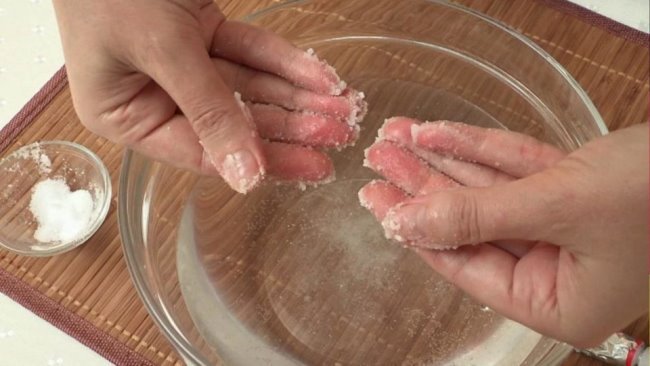
Tip! With abrasive materials it is better not to zealous, because together with the superclaim it may be damaged and the skin in which salt will immediately begin.
This will not only add unpleasant sensations, but also will significantly exacerbate further cleaning due to significant pain.
Solvents
For faster rubbing, various solvents can be used. These include alcohol, concentrated acetic essence, acetone, paint solvent White spirit, a high degree of cleaning gasoline and kerosene.
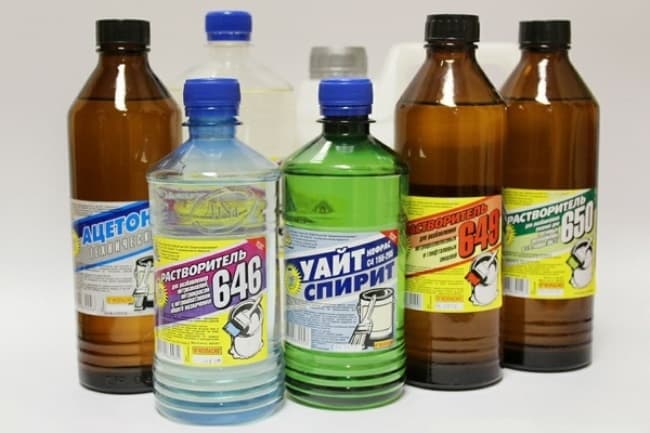
Each of these funds very actively destroys the dried glue to the appearance of microcracks, the presence of which greatly simplifies the further struggle. The solvents are applied to pollution using a cotton disk, a piece of the molding or a clean soft tissue, after which it is rubbed into the measure with zealous circular motions.
Be careful! In addition to superclaud, solvents have a negative impact on open skin. It is necessary to try so that the liquid does not fall on clean skin, rub the solvent is only necessary in the dried spot.
Nail glue removal
In comparison with ordinary skin, the nail fabric is much more dense and firm. But it does not prevent the super-block to get absorbed into it and stick no less firmly. If the speech is small and its presence is uncritically, you can leave "as it is" - after about a week, the glue will be exhausted from the nail.
If the presence of glue is intolerant, you can use any of the above-mentioned funds - they are also relevant for nail. It is unwanted to use mechanical methods of cleaning - there is a chance to damage the nail, because It is also a lively cloth, besides the multi-layer.
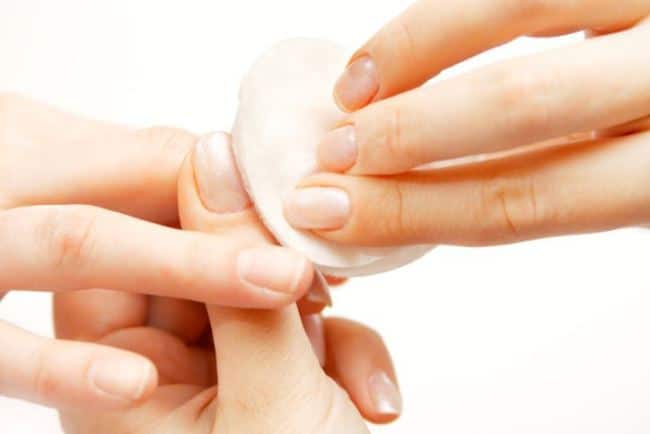
Anti-glue
In business stores, you can purchase special funds that are designed to wash off dried glue momentum from the skin of the hands on any scale. One of these is a dimexide - a liquid that is capable of very quickly turning the dried superchalter into a turbid liquid that is washed with soap and water.
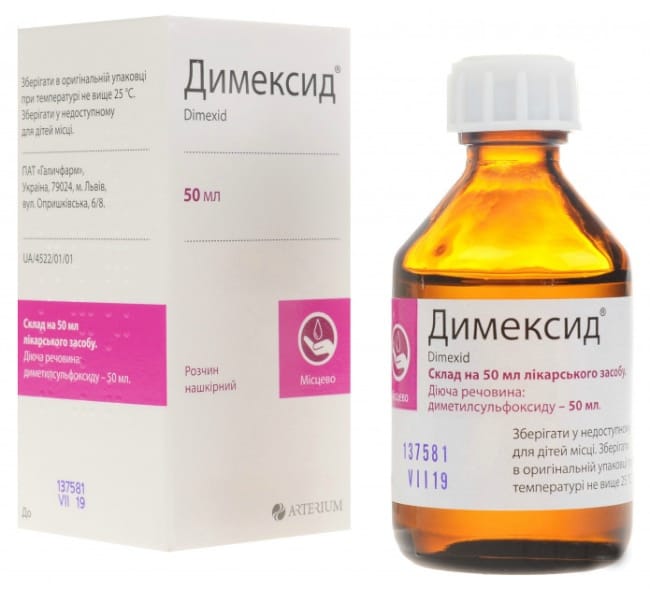
In such a solution, it is necessary to stock in two cases in two cases: if it is planned to repair, or there are small children in the house who love to needle and glue crafts. In the latter case, the problem of gluing the fingers and even the hands is very relevant, and the antique will perfectly cope with cleaning, while without damaging delicate children's skin.
With dried glue, the lubricants on a silicone basis perfectly copble, you can also try to apply WD-40.
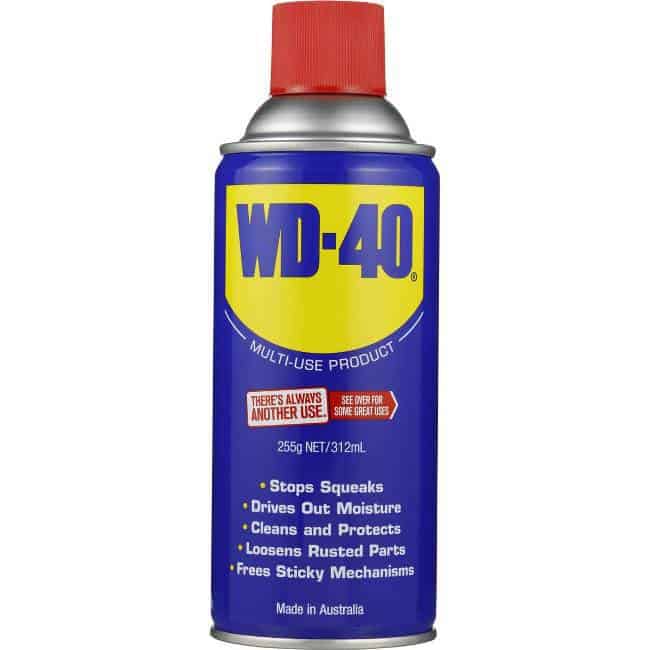
Care after cleaning
Even after the most accurate manipulations after the superclay, unpleasant irritation remains. In order to get rid of itching and redness, you can use any moisturizing gel or cream that will remove inflammation.
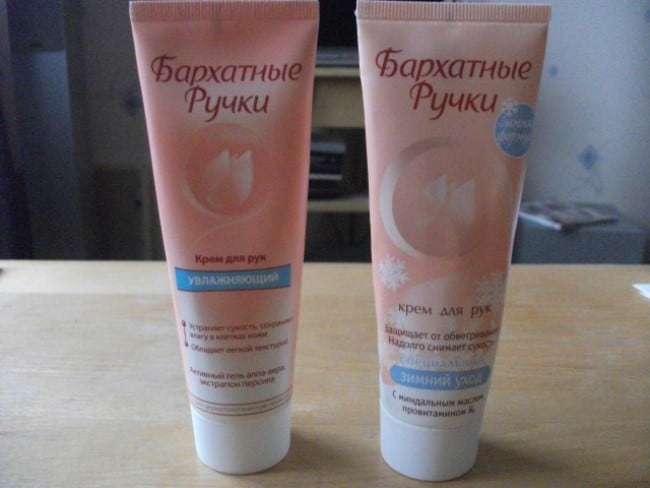
In case, after an excessive physical impact, wounds appeared, they are mandatory to be treated with iodine mortar. It is also possible to use bactericidal patches.
Below is a video, which shows several ways to clean hands from superclone:
Larisa, April 20, 2018.
